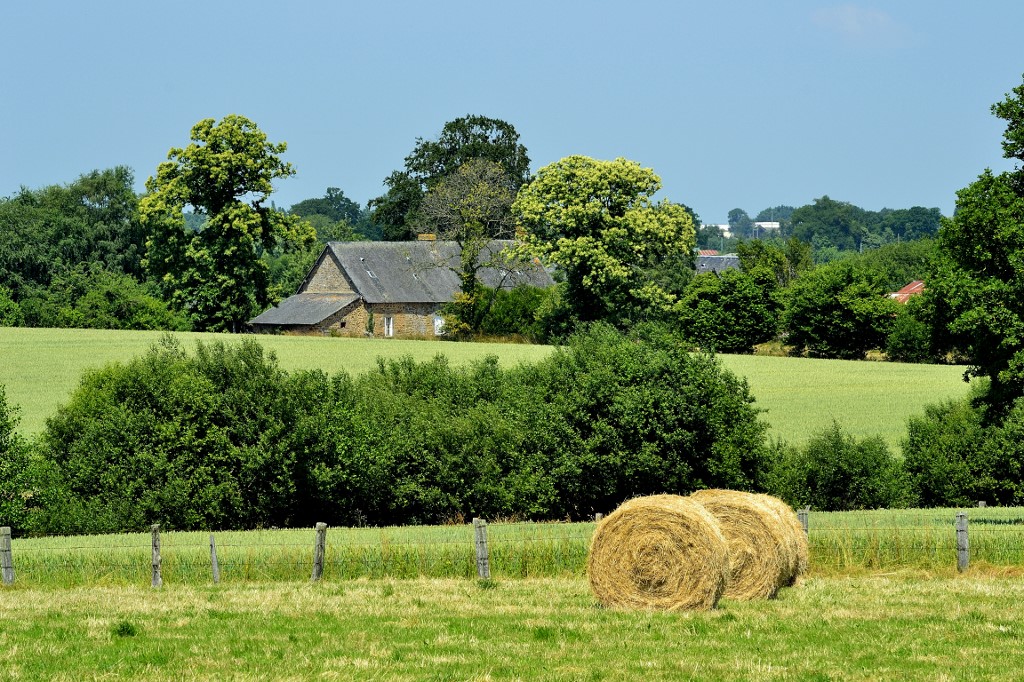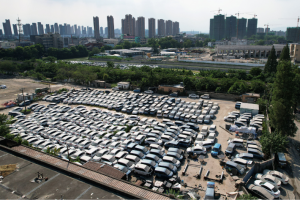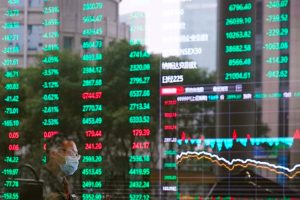Diversification is a priority for institutional investors when including real assets into a multi-asset portfolio. The income-generating potential of real assets seems to be largely underappreciated.
In fact, real assets are able to deliver attractive income given risk factors that drive the value of these assets, and is especially sought-after during the global pandemic.
The spread of Covid-19 will continue to have a devastating impact on most of the world’s economies. Investors have been looking for allocation diversified from risk exposure. Investment in real assets continues to draw the attention of people seeking attractive income in a low-yield environment and to diversify and lower the risk of portfolios.
Real assets are associated with essential services that drive income security. At their core, real assets, including farmland, timberland and private equity infrastructure investments, have proven to be exceptional stores of value and defensive income generators because they provide products or services that are essential to the global economy.
The reliability of real assets was on display throughout the Global Financial Crisis, and the current coronavirus pandemic highlights the non-cyclicality of food consumption.
Within infrastructure, certain types of usage-based assets, such as parking garages, toll roads and ports, are more closely tied to economic activity. But these exposures can be offset by investing in availability-based assets, contracted power production or digital infrastructure (eg, cell towers and data centres) that have proven resiliency.
Multiple levers for risk exposure
Real assets offer multiple levers for investors to customize risk exposure. They allow investors to combine a macro view of global growth drivers (ie, mega-trends) with a localised assessment of individual assets and investment vehicles.
Investors can use various operating strategies to dial up or down the risk factors affecting the security of real assets’ cash flows. In farmland, for example, cash-leasing to a third-party farmer is a lower-risk, lower-value-add relationship; the investor essentially is taking on modest credit risk. At the other end of the spectrum, farmland investors can take on operating risk, in which case management expertise becomes critically important due to the many levers that can be pulled around maximising crop yield, navigating futures markets and crop marketing, and managing weather-related risks.
Real assets can also hedge more than just inflation. Commodity prices naturally serve as a hedge against inflation, while infrastructure investments are often defined by long-term contracts that include an inflationary adjustment, protecting the value of long-term cash flows.
A globally diversified real assets portfolio also provides powerful natural hedges against factors that are increasingly relevant in today’s interconnected global economy. If droughts in Australia cause a supply shortage in the region, for example, an investor who owns farm assets in South America may benefit from rising prices. A globally diversified portfolio can also provide a hedge against changing trade relationships as well as idiosyncratic political and regulatory risks in a country.
Another differentiated driver supporting the enhanced income profiles of real assets is technological advancements and productivity improvements. In farmland, these improvements could be related to seed hybrids, GPS-enabled equipment and “smart” irrigation systems that boost crop yields and enhance the value of the land.
In infrastructure, improvements can include enhancing the operating efficiency of assets through scale, cost reductions or capital improvement programs. The unique value-add capabilities of management often facilitate and enhance the earnings stream of real assets through these improvements.
As a component of real assets, commercial volume of timber increases naturally as trees convert sunlight, water and carbon dioxide into wood. Because the steady increase in commercial timber volume isn’t affected by market volatility or business cycles, tree growth provides a source of uncorrelated return. The ability to store timber “on the stump,” or delay harvesting when prices are unfavourable, may help buffer returns during down markets and optimize income over the long term.
Real assets provide differentiated way to invest in structural growth drivers. As previously noted, infrastructure investors seeking increased exposure to economic activity can choose more volume- or usage-based assets, whereas investors seeking insulation from GDP cycles can favour availability-based assets. In addition, investors can use infrastructure to focus on long-term structural growth trends of the economy, such as investing in digital infrastructure assets, which have seen increased use during the coronavirus pandemic and were already expected to see continued demand growth with the rollout of 5G technology.
# Justin Ourso is senior managing director and head of Nuveen Real Assets

























